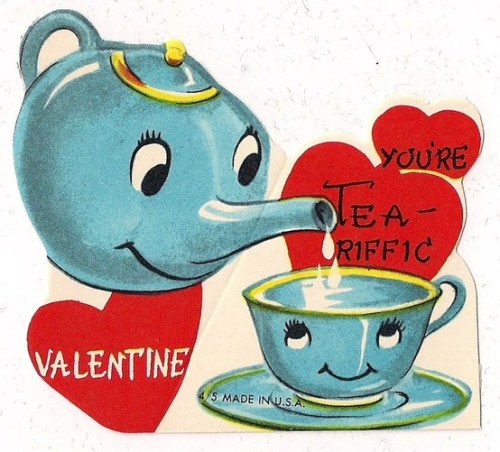No Child Left Behind, with its accelerated education practices and emphasis on standardized testing, seems to be leaving many American children behind much of the industrialized world, according to a new global table of education, produced for the Intelligence Unit of The Economist. The U.S. is ranked 17th in education, far below first-place Finland and many other countries. Read why Finland has the best education system in the world.
What are their secrets?
For one, Finnish children don’t start school until age 7. (Waldorf education advocates that children not read until 7.) Phenomenally, Finnish students only take one standardized test, and that is at the age of 16. By that age, a typical American child will have taken dozens of standardized tests, and will have spent much educational time preparing for them, at the expense of other learning and discovery. Finnish elementary school students receive 75 minutes of recess per day, as opposed to an average of 27 minutes in the U.S. There is very little homework.
Education in Finland is 100% state subsidized, as is teacher training. The results of all this attention to teacher support and developmentally appropriate learning, free time and play? 93 percent of Finns graduate from high school, a figure that is 17.5 percent higher than that in the U.S.
Some might point to Finland’s smaller size or relative homogeneity as possible reasons for their success, but their success is notably higher than other Scandinavian countries, which have similar demographics and diversity. 30 U.S. states have populations equal to or less than Finland’s, at 5.5 million.
This article from The Atlantic notes that Finland’s acclaimed education system owes much to the idea of economic equity.
Read more about why Finland’s education system is Number One.
So how does the U.S. educational system stack up against that of other countries? According to a 2011 Program for International Student Assessment (PISA), American 15-year-olds scored at the international average of industrialized nations in science and reading, and below the international average in math.
The above article goes on to note that high-performing countries recruit and retain talented teachers. It noted some interesting cultural differences, as well. For instance, Japanese students are encouraged to struggle through problems more than American students are. According to UCLA psychology professor James Stigler, who studied the Japanese educational system:
American students “aren’t socialized to struggle hard. They’re socialized to put their hands up and say, ‘I don’t know.’ ” While Japanese parents would be inclined to tell a child’s teacher, “Thank you for helping my kid struggle,” American parents are more inclined to say, “Why are you torturing my kid?”
That’s a very interesting point that speaks to many parents’ well-meaning, but sometimes misguided, attempts to rush in and fix perceived problems, a habit that ultimately robs their children of essential problem-solving skills and the mastery and confidence that come with them.
The original Economist report quoted above makes some of the same key recommendations about economic success in its Five lessons for education policymakers:
- There are no magic bullets
- Respect teachers
- Culture can be changed
- Parents are neither impediments to nor saviors of education
- Educate for the future, not just the present
And this comes from NYU Research Professor of Education and Former U.S. Secretary of Education Diane Ravitch, in her review of Pasi Sahlberg’s Finnish Lessons: What Can the World Learn from Educational Change in Finland? in the New York Review of Books:
U.S. policymakers have turned to market-based solutions such as “tougher competition, more data, abolishing teacher unions, opening more charter schools, or employing corporate-world management models.” By contrast, Finland has spent the past forty years developing a different education system, one that is focused on improving the teaching force, limiting student testing to a necessary minimum, placing responsibility and trust before accountability, and handing over school- and district-level leadership to education professionals.
The last word about our (relatively unsuccessful) competition-driven, test-obsessed educational model will have to go to Timo Heikkinen, a Helsinki principal with 24 years of teaching experience:
If you only measure the statistics, you miss the human aspect.
These are Top 20 Countries in the World, in Education, as ranked by the global table of education:
- Finland
- South Korea
- Hong Kong
- Japan
- Singapore
- UK
- Netherlands
- New Zealand
- Switzerland
- Canada
- Ireland
- Denmark
- Australia
- Poland
- Germany
- Belgium
- USA
- Hungary
- Slovakia
- Russia
More reading (some of these are referenced above):
Why Finland’s Unorthodox Education System is the Best in the World, Business Insider
The Pearson Report for the Economist
What Americans Keep Ignoring about Finland’s School Success, The Atlantic
Schools We Can Envy, New York Review of Books
From Finland, An Intriguing School Model, New York Times
Why are Finland’s Schools Successful, Smithsonian
UK Education Sixth in Global Ranking, BBC News
Great Ideas from Finnish Schools, Two in the Middle
American Academy of Pediatrics Advocates Recess for Kids, Slow Family Online and Christian Science Monitor
How to Prepare Kids for Kindergarten? Let the Play, Slow Family Online
Pre-school and Kindergarten Graduations: Too Much Too Fast, Slow Family Online and Christian Science Monitor
Photos: wstryder, edushyster




















































































































